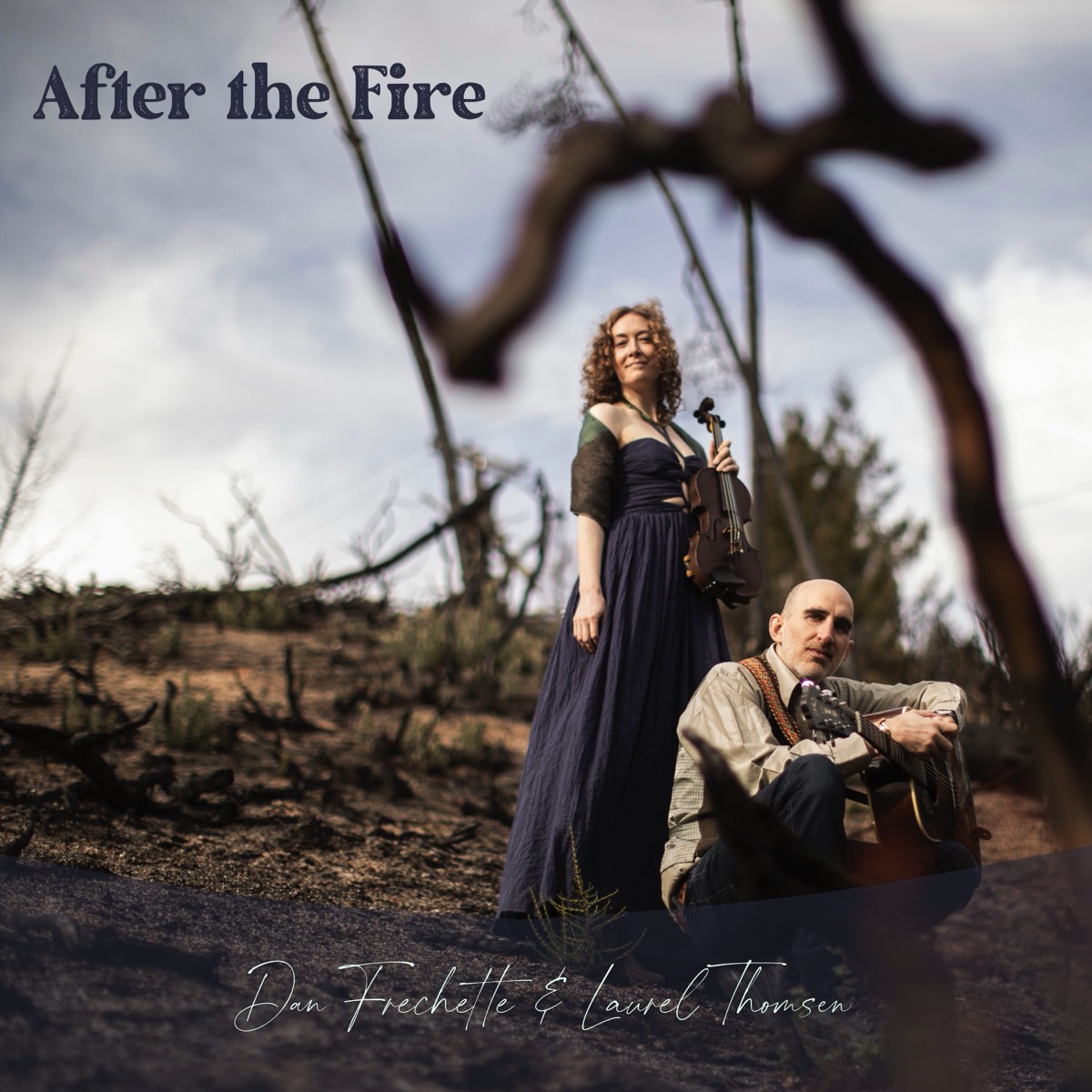Each time you practice your instrument you deepen your knowledge and ability, but also risk perpetuating bad habits. Whether you’re a beginner or a more advanced player, keeping in mind a basic checklist of foundational actions and skills can help ensure you’re building and maintaining technique that will allow you to play with physical and mental ease, freedom of movement, and creative expression.
Every time you go to play your violin or viola, please go through the following process. If you’re a beginner, you might be working on just the first few steps and it might take several minutes to address each point thoroughly. As you get more advanced, it will usually take less than a minute to orient to your instrument and be ready to dive into playing.
- Check your violin/viola hold and comfort at chin and shoulder. I spend a significant portion of the first few lessons with a new student, no matter their prior playing experience, figuring out what type of chin and shoulder support will suit their anatomy best. Chin rest and shoulder support are definitely NOT one-size-fits all and many teachers never discuss this important and fundamental factor for our playing health and success. (If your private or school music teacher isn't knowledgeable in this area, consider reaching out to me to book a session or short series via Skype, Zoom, or FaceTime where we’ll look at your structure and help you get comfortable with your set-up.)
- Bow hold: check that the thumb, index, pinkie, two middle fingers, all curved and light on the stick as guided by your teacher. Whether I’m working with a beginner or a more advanced player, I instruct my students in a bow hold workout that tests the unique jobs each finger must carry out for a successful bow hold. Using these universal principles of action, students form a bow hold that is both unique to their individual anatomy and highly functional and balanced.
- Setting the bow on a string: We’ll assume the bow is being set in the middle of the bow for now. This seems simple enough, but there are many factors to keep in mind!
- Set the bow on the string with a sounding point half way between the bridge and fingerboard (for now).
- Make sure the bow hair is perpendicular to the string.
- Tilt the bow stick slightly away from you (the hair itself will be a bit closer to you). This helps account for the slight sloping of the strings away from the bridge and creates continuous contact with the outer hairs. This in turn helps us to maintain control over the bow (we “corral the horses” as I describe it to my younger students) and therefore avoid the tonal issues of a sliding bow. In certain situations we’ll even tilt away enough for the inner hairs to rise off the string.
- Make sure the upper arm is roughly level with the bow stick (the elbow can be just slightly lower to help transfer arm weight), while the wrist should be just slightly higher then the forearm and back of hand.
- Release arm weight from the right shoulder and arm into the bow and the bow into the violin.
- Orienting the tone: Besides making sure the bow doesn’t slide around on the strings haphazardly, great tone is largely a matter of finding the right blend of pressure/weight and bow speed for your particular instrument, string type, and the dynamic situation occurring in the music. Building up to a “Grand Detaché” or full bow warmup eventually, beginners should start with shorter strokes in the middle, upper, and eventually the lower third of the bow, and some basic rhythms. String crossings and playing the double string pairs could also be included. It might be necessary to go back and forth between #3 and #4, or even #2 a few times before you achieve the desired sound (or for a few weeks or months if you’re just starting out). This is a great time to also listen in to determine whether or not you have enough rosin on your bow and to double check that your instrument is in tune!
- Preparing the left hand position on the violin/viola neck: Just as naturally as we’d see the shape of the hand and arm if we were to gently swing them up into an “air violin” posture, we want to maintain a relaxed straight wrist as seen from all angles. Once situated at the instrument neck, we need to check that base of index finger is resting across from the edge of the fingerboard (as a starting point anyway) and that the thumb is resting lightly. We want to look for naturally curved and relaxed fingers hovering over the strings and a little “window” created by the webbing of the thumb under the violin neck. At this point I recommend that my students consider doing a few basic warmups, such as polishing (long, light shifts), tapping (Dounis inspired), and/or individual finger strumming, plucking, or tapping (facilitating left arm movement side to side as we move through the strings) as needed.
- Orient the intonation: Do a little “walk up” in first position on one of the strings (or in whatever position you’re practicing in) thinking “do re mi” etc. (or whatever scale/key you’re playing in). This is especially helpful if the piece or tune starts on a note other than an open string. Go back to playing the open string if you need to make any pitch adjustments to reorient your ear to the relative pitches. Eventually, your ear will have mapped the fingerboard more thoroughly and you’ll be able to get in tune without usually needing the guidance of these relative pitches.
At last, you’re ready to play! I hope this checklist helps your process. There are a lot of factors to keep in mind, but they all can become automatic over time. In the beginning or when we’re resetting technique that has become problematic, everything may feel strange, but eventually, setting up in the wrong way will feel unnatural and uncomfortable and we’ll naturally avoid such issues.

